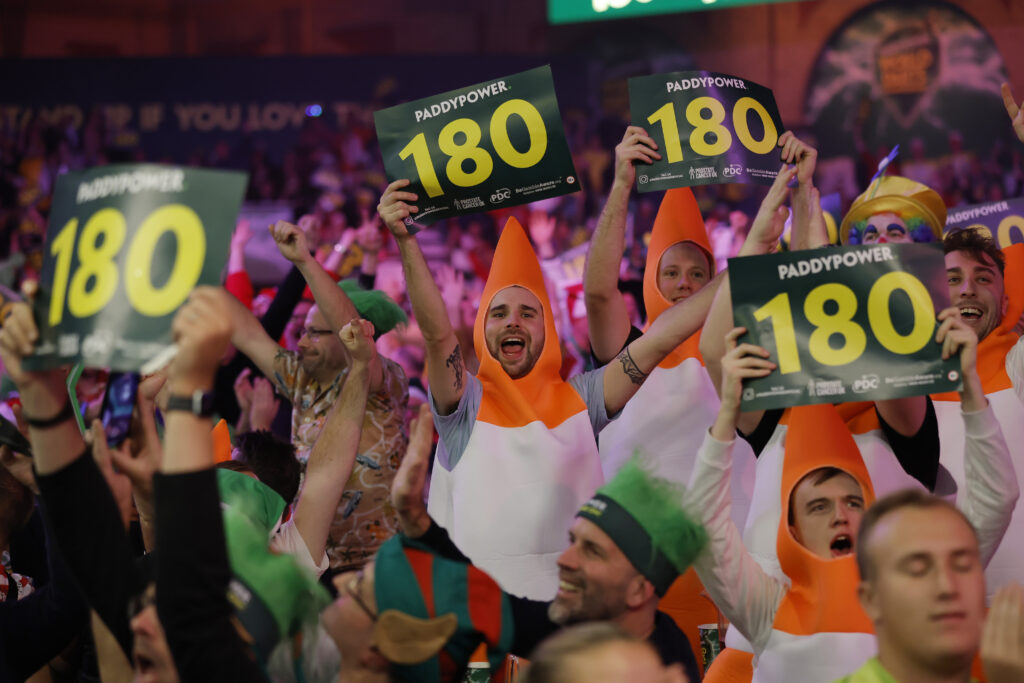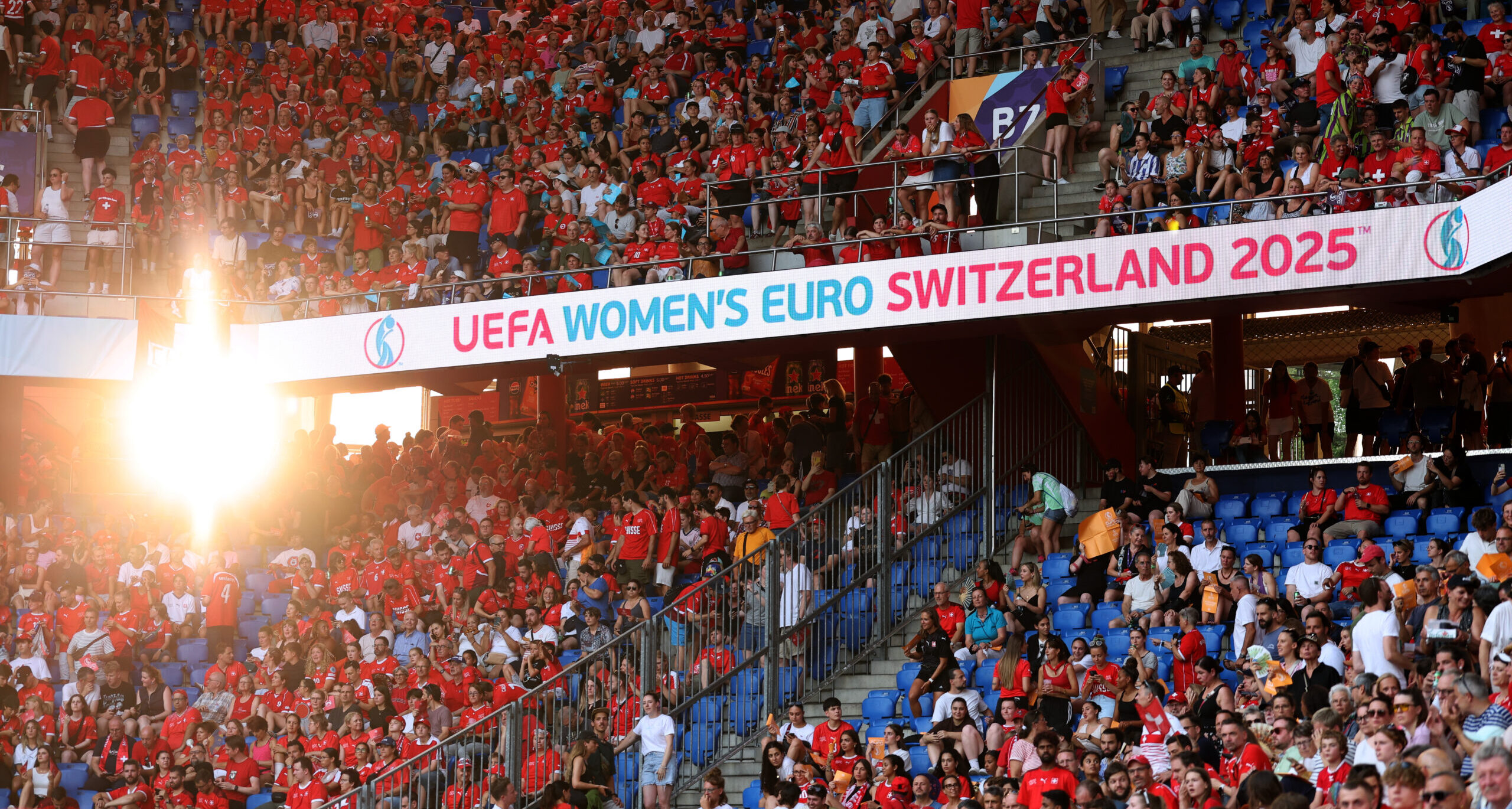Make tennis sponsorship part of your brand strategy
Tennis is a sport with global reach, prestige baked into its DNA, and an audience that’s affluent, influential, and hard to reach through traditional media. For brands looking to build equity, reach high-value customers, and deliver ROI with impact – global sports sponsorship, and tennis in particular, offers a powerful global platform.
How brands benefit from tennis sponsorship
Tennis has two billion fans worldwide and a calendar that spans every major market.
The audience numbers are serious. Wimbledon alone regularly pulls in 280 million global viewers with a UK TV peak of 11.3 million during Alcaraz’s thrilling five-set victory over Novak Djokovic. Its digital footprint is growing fast too; Wimbledon’s social engagement has jumped 162% since 2022 and digital viewing figures hitting record highs of nearly 60 million. Some estimates even suggest Wimbledon has a potential reach of up to two billion people when all media is considered – that’s significant brand exposure.
The sport’s appeal isn’t confined to its traditional strongholds (the UK, US, France, Australia); countries like Spain have extraordinarily high engagement (around 30% of Spaniards follow tennis), and emerging markets continue to grow their fanbases each year.
Extensive and global reach means brands sponsoring tennis gain international visibility and a sport that inherently speaks a global language. It’s also the one sport in which men and women are getting close to equal pay and names like Serena Williams have as much, if not more, star power than their male counterparts. For marketers, this means tennis sponsorship is not just a one-market play but a worldwide campaign that appeals to male and female audiences.
Brands can tell a unified story, reinforcing their messaging through the year-round ATP/WTA season. In an age where reaching fragmented audiences is challenging, tennis provides a broadcast platform that consistently draws live viewership with high dwell times and social media buzz to match.
Tennis' premium audience
It is who watches tennis that makes it dream demographic for many brands. Tennis has long been associated with a level of prestige and sophistication. Higher-income individuals are significantly more likely to follow tennis – wealthy fans are about 29% more likely to be tennis followers than the average person, according to Brand Finance research. Wimbledon, in particular, draws a high-net-worth crowd: in the UK, Sponsor Pulse reports that 73% of households earning £100k–£149k watch Wimbledon. Across the pond, American fans also skew affluent and influential with Sponsor Pulse reporting that 74% of fans working in high-paying information/culture industries engage with Wimbledon, and 61% of small business owners tune in. This means the tournament’s viewership is packed with consumers with strong purchasing power.
For brands, this is marketing gold. By developing a tennis marketing strategy, companies can position themselves in a premium context, reaching consumers more likely to buy high-value products and services. That’s why brands like Rolex, Emirates and Ralph Lauren continue to double down on tennis.
The halo effect is real: being visible in tennis doesn’t just drive impressions, it lifts perception – placing your brand in a ‘top-tier’ peer group by association.
Hospitality with edge
Like Formula 1’s Paddock Club, tennis is a hospitality masterclass. From exclusive lounges to terraces overlooking Centre Court at Wimbledon, to the clay courts of Roland Garros or legendary nights games at the US Open, tennis hospitality is built for brands wanting to engage VIP clients or partners. For brands focused on HNWIs or key B2B decision-makers, tennis hospitality is more than a perk – it’s a strategic asset.
Real ROI of Tennis Sponsorship - On and Off Court
Every marketing investment faces the question: what’s the return? In tennis sponsorship, the returns can be substantial, both in tangible metrics and intangible brand value. It is seen as a more credible, socially accepted form of advertising with 81% of sports consumers say they trust brands seen at sporting events, second only to word of mouth.
It’s also a platform for building relationships and brand loyalty. When American Express became Wimbledon’s payments partner, it began offering cardmembers an upgraded experience – giving them access to on-site benefits and even a hospitality presale for tickets- enhancing brand loyalty and customer retention.
From a media value perspective, Nielsen research suggests sports sponsorship typically delivers a 3:1 media ROI vs. equivalent TV ad spend – and that’s before you factor in digital engagement, PR value, and social buzz.
From Blue Chips to Disruptors: Who’s Getting Involved?
Historically, tennis has been the home of luxury and legacy brands. But that’s changing fast. Today, fintech, crypto, tech, fashion and consulting are all leaning in.
Take BitPanda – now an official ATP Tour partner, with visibility across the global tennis season and endorsement deals with top players like Zverev and Thiem. Or Infosys, powering match analysis and data innovation across tournaments. Even fashion labels are seizing the off-court style moment.
There’s still a filter at Wimbledon – it protects its premium image. But the wider tennis ecosystem (ATP, WTA, individual players and events) offers ample opportunity for fresh brand categories to make a play.
Key takeaway for marketers
Tennis offers a unique sweet spot: global scale, elite positioning, and a high-value audience. It’s a sport that lets you cut through the noise and connect with consumers in a premium, trusted environment, backed by real ROI.
Whether you’re building global fame, targeting HNWIs, or seeking a standout hospitality platform, tennis delivers.
Interested in how tennis sponsorship can elevate your brand? Get in touch with the team.

